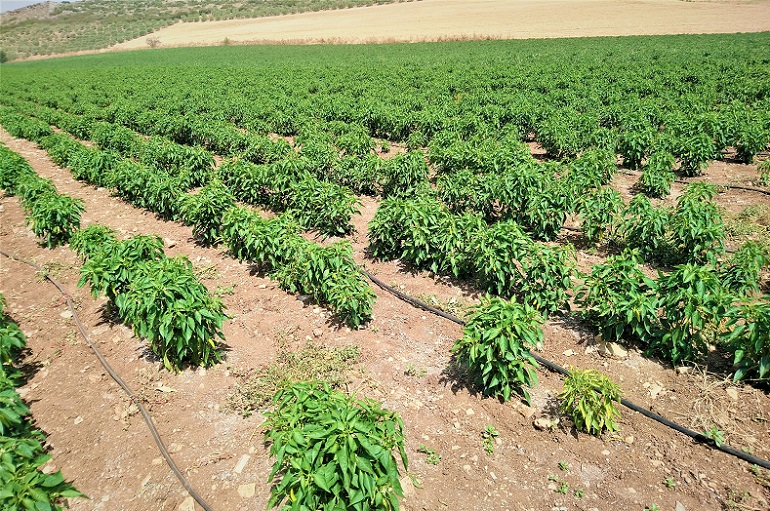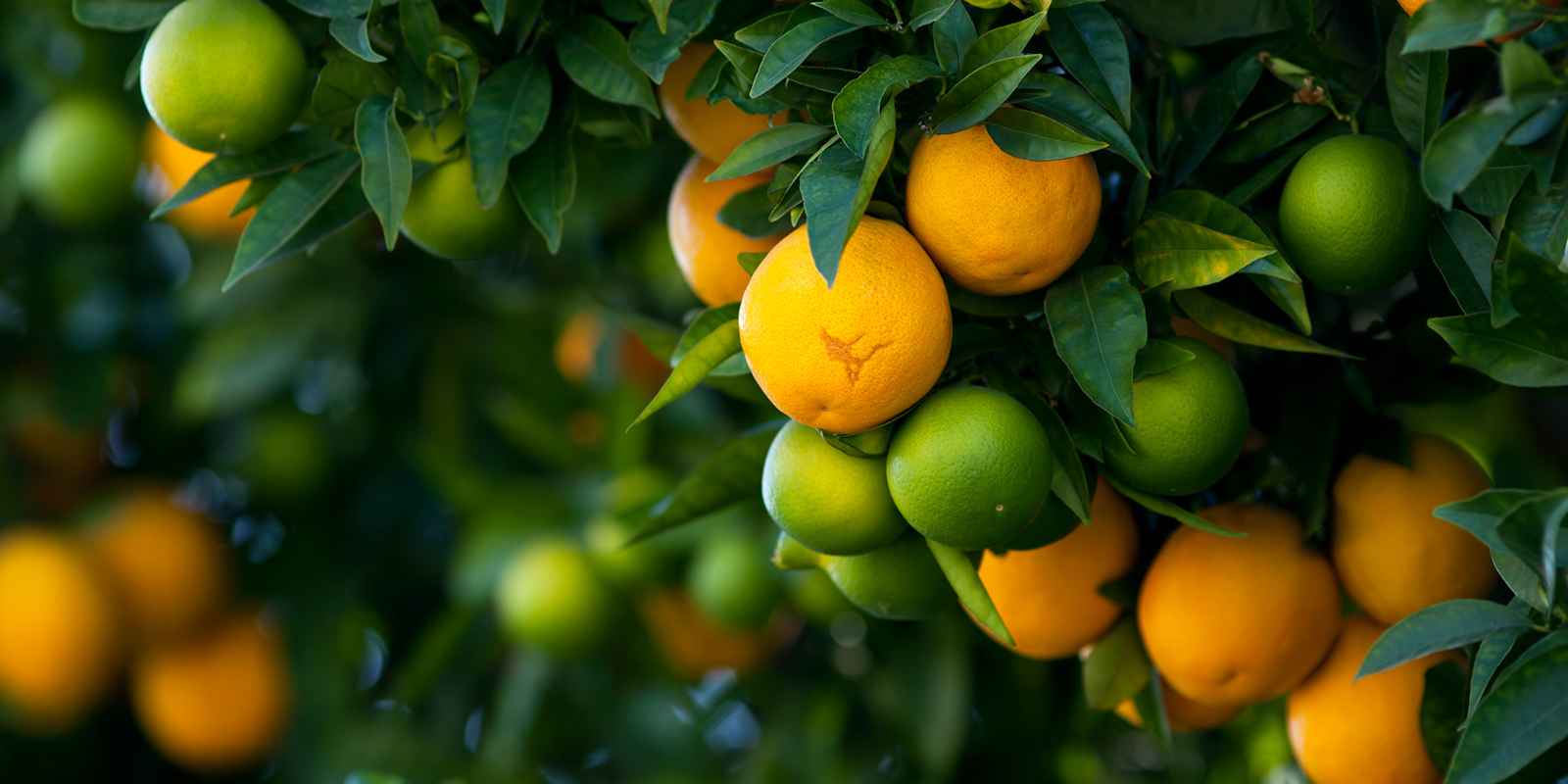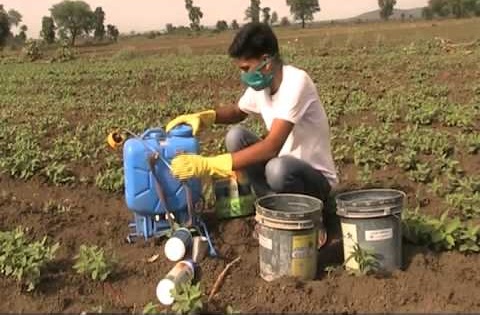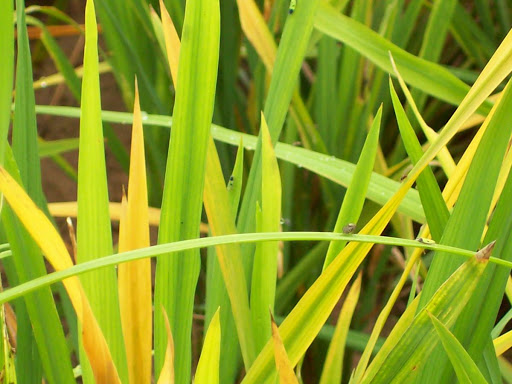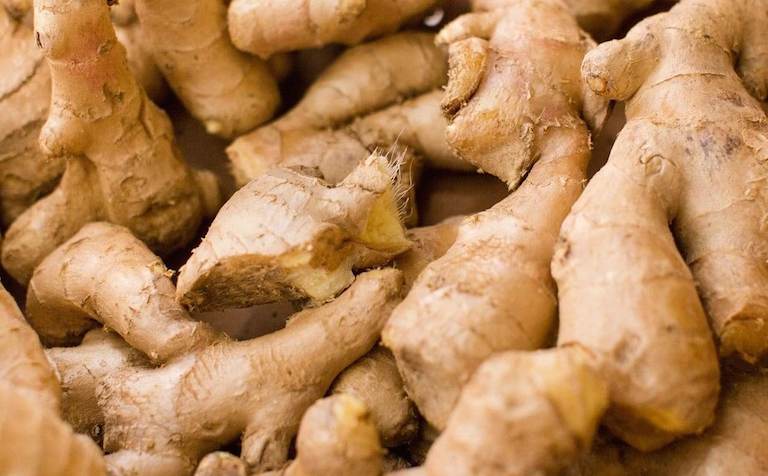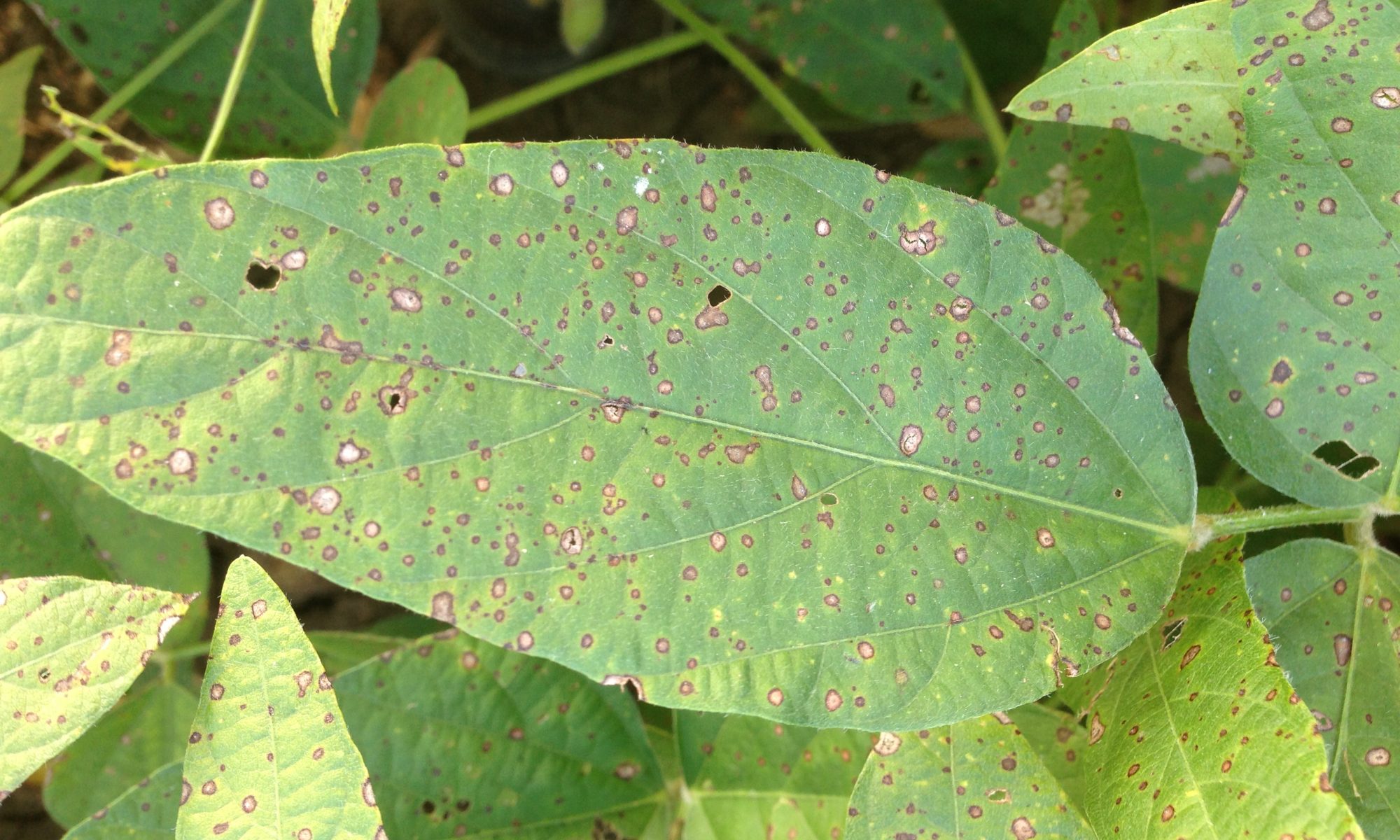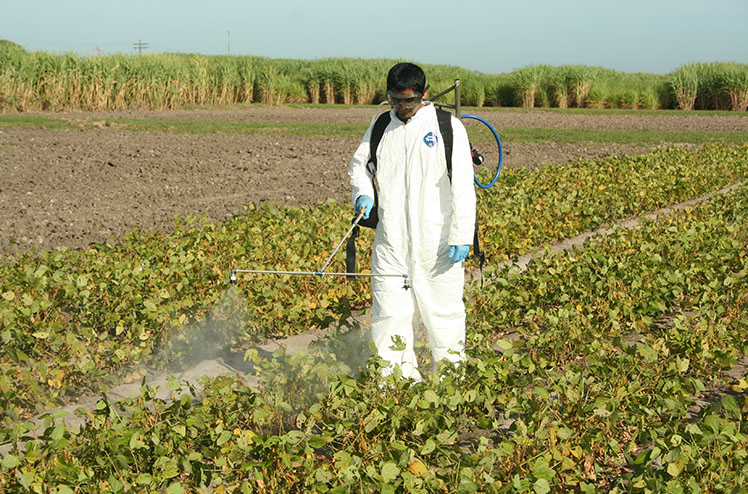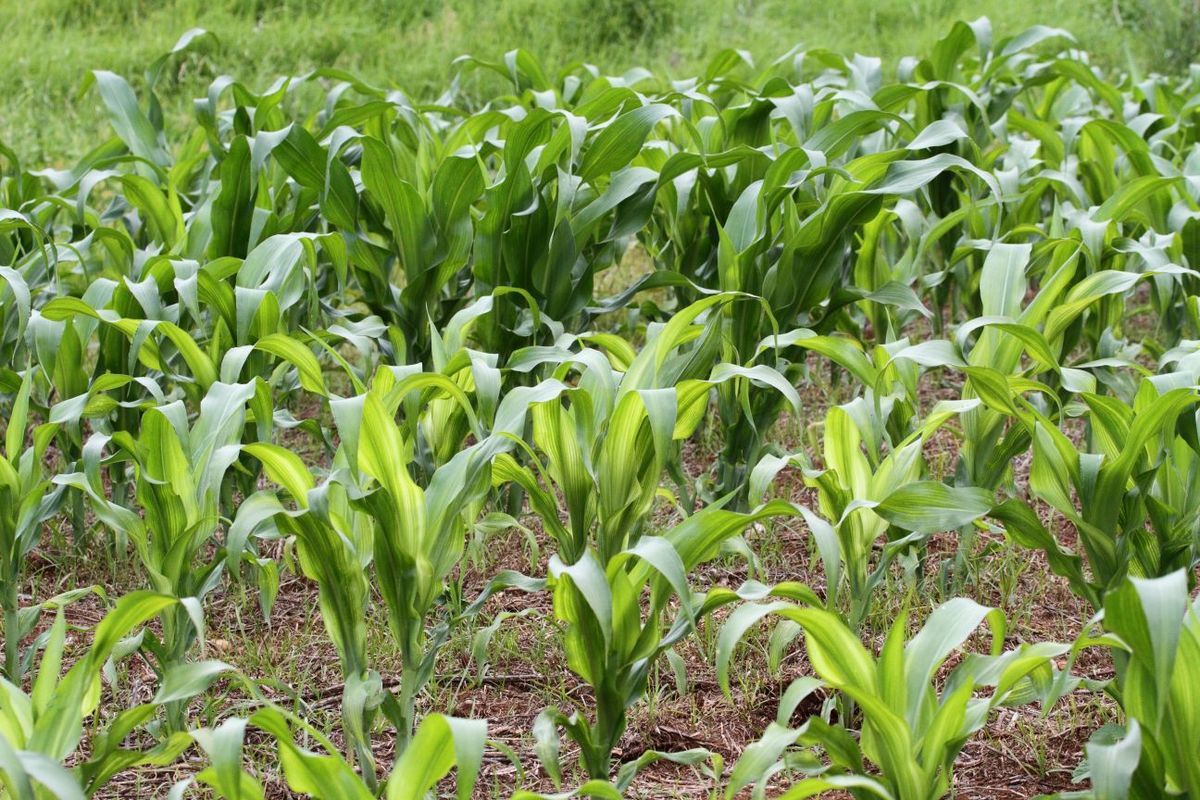- Just as fertilizer management is necessary at the time of planting of chillies, similarly fertilizer management is very necessary 20 to 30 days after transplanting.
- This management is done for good growth of chilli crop and to increase immunity against diseases.
- At this time, the chilli plant roots are growing in the ground, at that time fertilizer management is very important for good growth of roots.
- Fertilizer management requires as urea @ 45 kg/acre DAP @ 50 kg/acre, magnesium sulfate @ 15 kg/acre, sulfur @ 5 kg/acre, zinc sulfate @ 5 kg / acre
- It is necessary to have moisture in the field at the time of the use of fertilizers.
Nutrition Management in Orange at the Time of Marigh Bahar
- In orange plants for good flower stages in the trees, outside treatment is done. for good flowering.
- For this, according to the type of soil, we stop irrigation in the garden 1 to 2 months before. This improves the carbon: nitrogen ratio (the number of carbon increases by decreasing nitrogen).
- Sometimes, even after stopping irrigation, the flowering stage does not occur in the trees, in such a condition, the growth inhibitory chemical paclobutrazol (cutter) should be sprayed.
- Urea should be used at a rate of 325.5 grams per plant, SSP 307.5 grams per plant MOP 40 grams per plant in 1-year-old orange plant at the time of mrigh bhar
- Urea should be used at the rate of 651 grams per plant, SSP 615 grams per plant MOP 80 grams per plant in a 2-year-old orange plant at the time of mrigh bhar.
- Urea should be used at the rate of 976.5 grams per plant, SSP 922.5 grams per plant MOP 120 grams per plant in a 3-year-old orange plant at the time of mrigh bhar.
Precautions while preparing solution for spraying of insecticide/fungicide
- Use good quality water to prepare spray fluid
- Prepare the spray drum in a clean drum or plastic buckets.
- insecticide and fungicide should not be mixed together.
- Also, do not spray in the afternoon and do not spray even when the wind is blowing. Do spraying in the morning only because in the afternoon there is a movement of bees, keeping these things in mind, you can not only protect yourself but also protect the environment.
- While using pesticides, it should be noted that there is no leakage in the equipment. Never try to slurp on a pesticide device. Liquid pesticides should be put in the device carefully and it should be taken care of not to enter any part of the body. If this happens, one must wash several times with clean water immediately.
- The remaining pesticide should be stored safely. Keep its chemicals out of the reach of children, old people, and animals. Empty containers of pesticides should not be used for any other purpose. They should be broken and pressed into the soil. No humans or animals should be allowed in the sprayed field after spraying the pesticide.
- Ensure spraying direction in the field and spray the same quantity
- Do not use more than the required amount of pesticides.
Yellowing in Paddy nursery
- Paddy nursery complains of excessive yellowing
- This yellowing can also be due to nutritional deficiency or any fungus.
- Nitrogen deficiency is the most common nutrient disorder found in rice, and new and old leaves of fungi-affected plants, and sometimes all leaves are light green or yellow-colored, chlorotic at the tip. Leaves die under severe stress. Yellow pan may appear throughout the nursery.
- Tebuconazole 50% + Trifloxystrobin 25% WG @ 15 gram / pump or Carbendazim 12% + Mancozeb 63% WP 30 gram / pump @ hexaconazole 5% SC @ 40 ml / pump or Trichoderma viride + Pseudomonas fluorescens 10 gram / Pump
- To compensate for nutritional deficiency, use humic acid @ 10 gram / pump or micronutrient + mycorrhiza @ 15 gram / pump.
Meteorological Department alert in 20 states, heavy rain may occur, know weather forecast
Gradually, the monsoon is becoming active in the entire country. Heavy monsoon rains have started in Mumbai and Gujarat, while there is a possibility of rain in many states of Central and North India. According to the Meteorological Department, in the coming 24 hours, more than 20 states across the country may receive heavy rains.
In the next 24 hours, torrential rains may continue over Konkan and Goa including Mumbai. If we talk about Punjab, Haryana, West Uttar Pradesh, and West Rajasthan, then the weather will remain dry there.
Presently, the axis of monsoon is passing through Bikaner, Ajmer, Guna, Satna, Daltonganj, and Malda. Apart from this, a cyclonic circulation is also active over eastern Uttar Pradesh. A trough is extending from this system up to Vidarbha via East Madhya Pradesh.
There will be torrential rains in Konkan and Goa including Mumbai in the next 24 hours. Apart from this, light to moderate rains with few heavy to very heavy rain over parts of coastal Karnataka, Kerala, Andaman, and Nicobar Islands, Assam, Meghalaya, Manipur, Nagaland, northern parts of Bihar, south-western Madhya Pradesh, parts of southeastern Rajasthan might be possible.
Source: Krishi Jagran
ShareRhizome Treatment in Ginger
- The ginger seeds are ripe. 2.5–5.0 cm from a well-preserved rhizome. Seeds are made by slicing 20-25 grams of meter length and at least three knots should be made for amplification.
- The rate of seeds varies for different regions according to the method adopted for farming.
- Seed rhizome for 30 minutes with Metalaxyl-M (Mefenoxam) 4% + Mancozeb 64% WP @ 2.5 gram / kg seed or Carbendazim 12% + Mancozeb 63% WP @ 2.5 gram / kg seed or Carboxin 37.5% + Thiram 37.5% 2.5 Use gram / kg seed
- Use Trichoderma viridi or Pseudomonas fluorescens @ 5-10 gram / kg seed as a biological treatment
- The distance between the rows should be 20-25 cm. Dig a light pit and place the seed rhizome pieces in it, after that the fertilizer (FYM) and soil should be parallelized.
Leaf spot disease in soybean
- Symptoms of this disease are the first sow in the lower parts of the plant are, the diseased plants exhibit symptoms such as foliage, leaf scorching or leaf fall, etc.
- Appears on the leaves in the form of unusual brown spots, which later turn into brown or black color and the entire leaf scorches.
- Brown spots appear on the petiole, stem pods, and the tissue of the pods and stems shrink to brown or black color after infection.
- White and brown structures appear in the presence of moisture on diseased parts of plants.
- To prevent this disease, chlorothalonil @ 400 g / acre or carbendazim 12% + mancozeb 63% WP @ 300 gram / acre or Ketazine @ 300 gram / acre
- Spraying Trichoderma viridi @ 500 gram / acre + Pseudomonas fluorescens @ 250 gram / acre as a biological product.
July 15 is the last date to get crop insurance, apply this way
Due to natural disasters like unseasonal rains, hail, drought, crops of farmers are often affected. The Prime Minister Crop Insurance Scheme protects farmers from these losses. The Agriculture Department has released the notification of the Prime Minister Crop Insurance Scheme and the reconstituted Weather Based Crop Insurance Scheme. This notification has been issued on Tuesday for the Kharif-2020 and Rabi 2020-21 seasons. Accordingly, the last date to get crop insurance for Kharif -2020 has been kept on July 15.
How to apply?
You can apply for this through the bank and also online. To apply online, go to the link https://pmfby.gov.in/ and fill the form. For this application, a photo and identification card such as PAN card, driving license, voter ID card, or Aadhaar card is required. Apart from this, a document is also required for address proof, for which the farmer has to show the documents related to farming and the Khasra number. For the truth of the crop that has been sown, a letter of pradhan, patwari or sarpanch has to be given. A cancellation check has to be given so that the claim amount comes directly into the account.
Source: News 18
ShareSpray management in Soybean Crop in 20-25 days
- Fertilizer management is very important at the time of sowing the soybean crop.
- Similarly, spraying management is very important even after 20-25 days of sowing.
- This spray is very helpful for protecting the crop from pests and fungi of the soybean crops.
- For this, Lambda-Cyhalothrin 4.9% CS @ 200 ml / acre or Profenophos 50% SC @ 500 ml / acre
- Carbendazim 12% + Mancozeb 63% WP @ 300 gram / acre and seaweed @ 400 ml / acre and amino acids @ 300 ml / acre Or G A 0.001% @ 300 ml / acre
Nutrition Management in Maize
- In India Maize is cultivated in three seasons, Kharif (June to July), Rabi (October to November), and Zaid (February to March).
- For maximum benefit, it is necessary to check the soil before sowing. While preparing the land, 5 to 8 tons of well-decomposed cow dung manure should be added in the field.
- The amount of fertilizer and fertilizer applied in the fields also depends on the selected species. Adopting the right method and right fertilizer during maize cultivation benefits both the growth and production of maize.
- Adequate quantity of fertilizers should be given at the appropriate time to get maximum yield by hybrid and group varieties of maize after 10-15 days of sowing of maize.
- Urea 35 kg / acre + magnesium sulfate 5 kg / acre + zinc sulfate 5 kg / acre is very important after 10-15 days of maize sowing.

